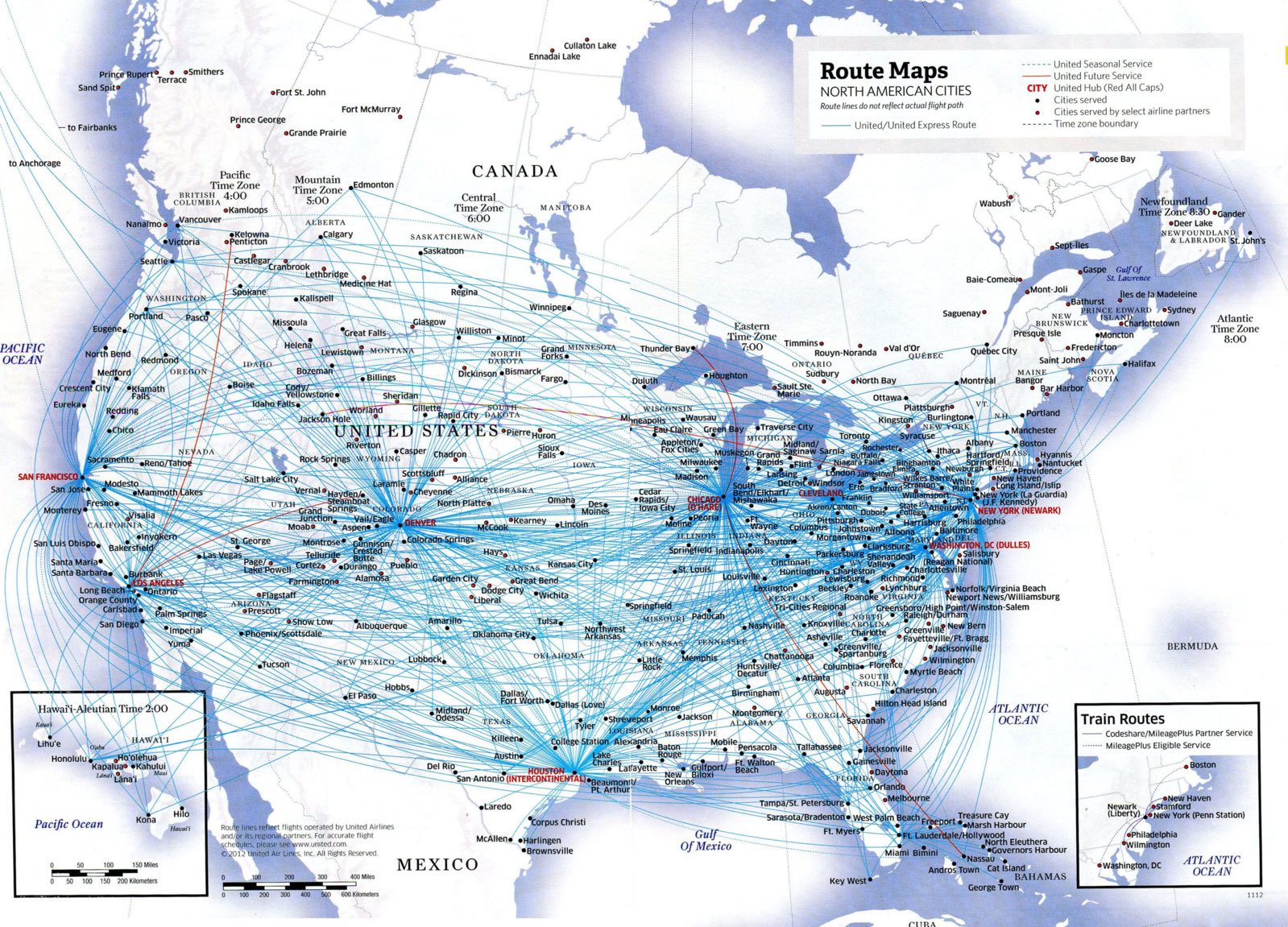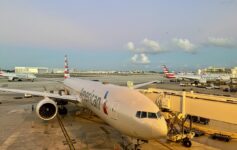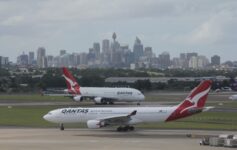Have you ever wondered how an airline decides when to start a new route and why it might choose to compete on some routes but not others?
In a detailed and insightful article that was shared with some employees (and also nicely expanded upon up by Crain’s Chicago Business with two key interviews), United Airlines has provided more insight on the process.
It all starts with hours upon hours of research. The Domestic and International Network Planning groups continually analyze passenger load and fare data for routes we don’t currently support before determining where opportunities for new service lie.
They’ll take 100 city combinations, for example, then slowly whittle that list down until they reach 10-15 that are viable for us based on customer demand and profitability forecasts. Then they measure the impact of introducing new service versus adding more flights between cities we already serve. It’s a constant negotiation between dozens of variables, and there’s a lot of consideration that goes into those decisions, since we never want to launch a route that ultimately fails.
There are practical matters as well—
Do we have existing capacity in the fleet to support it? If not, can we move equipment from an underperforming route? Or, would it be better served by United Express.
United is not a “point-to-point” airlines but a hub-and-spoke carrier. New routes are examined not simply on the basis of the new flight itself, but how that flight will feed connecting traffic throughout the network.
Before building a segment into the schedule, Network Planning estimates customer demand by evaluating connection options, the route’s popularity and what the competition offers, among other things. Finally, planners look at different aircraft capabilities, things like number of seats, range, and takeoff and landing limitations, then decide if the route should be flown with mainline or regional equipment.
The Contentious Part
But what about the high-demand leisure and business routes that United has simply abandoned? I’m talking about routes like Los Angeles (LAX) to Portland (PDX) or Dallas (DFW). LAX-PDX is a huge market for Alaska and Delta. LAX-DFW is a huge route for American and is also served by Delta. Why not at least a couple daily flights between these important cities?
The simple answer is, we can’t be everything to everyone, everywhere. No, we don’t have LAX-PDX (Portland, Oregon) like Delta (DL), for instance, but we do great with our LAX to IAH, IAD and ORD routes, which is why DL doesn’t offer those flights. As mentioned above, we operate within constraints. A new segment requires assets, like airport gates and airplanes, not to mention paying customers. We’re not going to cannibalize assets being used for more profitable routes just to compete with a competitor in places where we would be operating at a deficit.
And while I hear United President Scott Kirby loud and clear in that explanation, I wonder if he has fully learned the lesson of JFK. Kirby is often quick to point out that by pulling out of JFK, United lost several lucrative corporate contracts that primarily flew to other destinations. The hint, and the understandable rationale, is that United should have kept certain routes that were “losers” because they helped to make other routes much better “winners”.
> Read More: United Airlines Regrets Leaving New York JFK
That seems easy enough to follow, yet it seems almost mind-boggling that United doesn’t serve Oakland, San Jose, Portland, or Dallas (effective in a few weeks) from its hub in Los Angeles.
United’s only retort is that Delta doesn’t offer nonstop flights between Los Angeles and Houston, Chicago, or Washington Dulles.
CONCLUSION
Our overall strategy is about leveraging the network in the right ways to ensure United’s long-term success.
Of course. And I’m not here to be the armchair CEO (too much). But wouldn’t United want to lose a little money on the LA to Dallas route simply to keep loyal customers on other United routes?
image: United Airlines





“That seems easy enough to follow, yet it seems almost mind-boggling that United doesn’t serve Oakland, San Jose, Portland, or Dallas (effective in a few weeks) from its hub in Los Angeles.
United’s only retort is that Delta doesn’t offer nonstop flights between Los Angeles and Houston, Chicago, or Washington Dulles.”
This is an exceedingly stupid response on United’s part. Saying that United avoids flying to places where people obviously want to go while Delta doesn’t fly between certain United fortress hubs is in no way a relevant comparison. Of course United shouldn’t bother flying Atlanta to Salt Lake City. But using United’s logic, they shouldn’t fly from Chicago to SLC either. As you rightfully point out, adding additional destinations from a hub only strengthens the loyalty of existing customers. What on earth are they thinking?
As an LAX-based UA flyer, I also can’t get my head around the lack of LAX-ATL, LAX-PHL, and LAX-MSY, even if just one flight a day. These are pretty desirable destinations…
Yet the LAX-BWI non-stops HAVE been around awhile…
Collusion much?
I think its time for United to offer non-stop flights from Newark to Barbados ,and from Newark to Grenada and back..
Also, DL may not fly to Washington Dulles, but they do fly to Washington NATIONAL which I would argue is far more preferable to anyone who isn’t connecting…
United only has two daily “beyond perimeter” DCA slot pairs, and they are utilized to fly to DEN and SFO. DL flies to LAX and SLC.
I would love to see United re-start some of their legacy flights prior to the CO merger from IAD such as Athens and Buenos Aires.